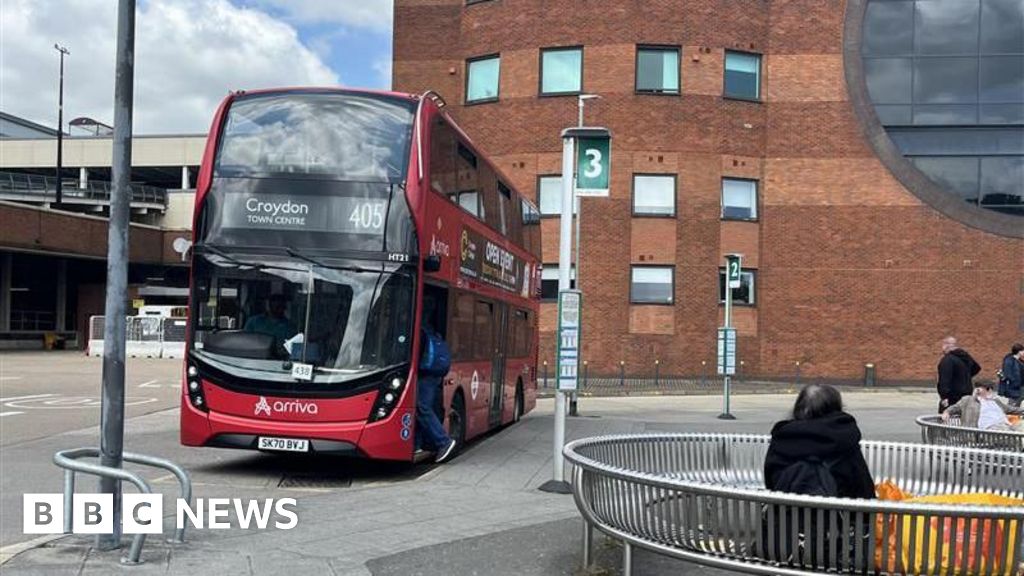Boost Bus Ridership: How Smart Tech Can Revive Public Transit in Canada

Canada's public transit systems face ongoing challenges, but a new study from the University of Surrey suggests a surprisingly simple solution: technology. Researchers believe that integrating user-friendly tech solutions can significantly increase bus ridership and boost passenger satisfaction, potentially leading to a more than 30% jump in ridership across the country.
The study highlights the potential of “simple innovations” that are already commonplace in other areas of our lives. Forget fumbling for cash or waiting in long lines – the future of bus travel is about seamless, convenient experiences powered by technology. Let's dive into the key areas where tech can make a real difference:
Easy Payment Systems: A Tap Away from Convenience
One of the biggest barriers to public transit use is often the payment process. No one wants to struggle with exact change or navigate complicated ticketing machines. Contactless payment options – like tap-and-go credit cards, mobile wallets (Apple Pay, Google Pay), and even pre-loaded transit cards – offer a much smoother and faster experience. Imagine hopping on a bus and simply tapping your phone or card – it’s that easy!
E-Ticketing: Say Goodbye to Paper Tickets
The days of paper tickets are numbered. E-ticketing, accessible through mobile apps or online platforms, eliminates the need for physical tickets altogether. This not only reduces waste but also streamlines the boarding process, saving valuable time for both passengers and drivers. Digital tickets can also be easily tracked and managed, providing riders with a convenient overview of their transit usage.
Mobile Applications: Your All-in-One Transit Companion
A well-designed mobile app can be a game-changer for bus riders. These apps can provide real-time bus tracking, route planning, service alerts, and even integrated payment options. Imagine knowing exactly when your bus will arrive, finding the quickest route to your destination, and receiving notifications about delays – all from the convenience of your smartphone. Some apps even offer features like trip planning based on user preferences (e.g., minimizing walking distance) and accessibility information.
Beyond Convenience: Data-Driven Improvements
The benefits of technology extend beyond just passenger convenience. The data collected through these systems can provide valuable insights into ridership patterns, peak travel times, and popular routes. Transit agencies can use this information to optimize service, allocate resources more effectively, and improve overall efficiency. For example, they could adjust bus frequency on certain routes based on real-time demand or identify areas where new routes are needed.
The Potential Impact on Canadian Cities
The University of Surrey's findings have significant implications for Canadian cities looking to revitalize their public transit systems. By embracing these tech-driven innovations, we can make bus travel more attractive, convenient, and efficient – ultimately encouraging more people to choose public transit over personal vehicles. This can lead to reduced traffic congestion, lower carbon emissions, and a more sustainable urban environment. Investing in technology isn't just about improving the passenger experience; it's about investing in the future of our cities.
The potential for a 30%+ increase in ridership is a compelling incentive for transit agencies to prioritize these upgrades. With the right technology in place, Canada's buses can once again become a vital and attractive option for commuters and travelers alike.





